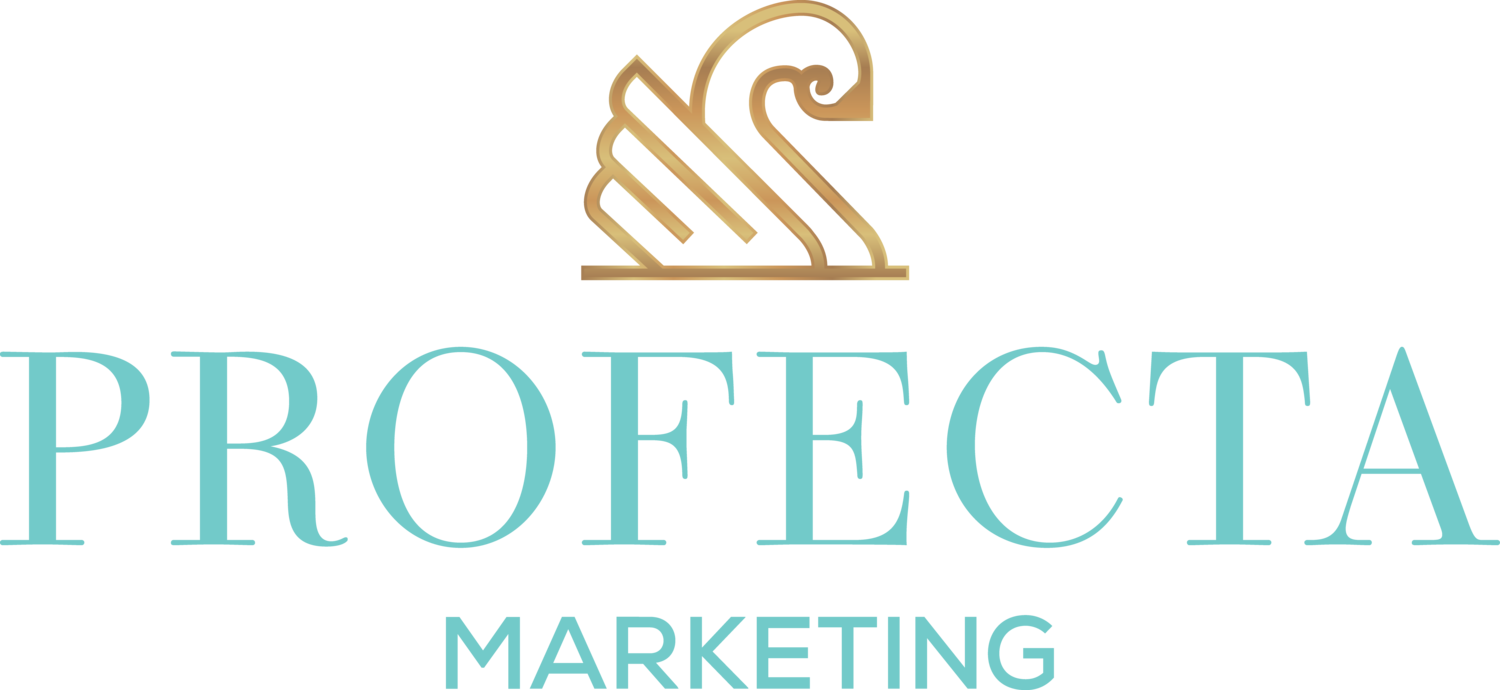The Generation Ys of the world, also known as millennials, are accustomed to all things fast-paced and ever-changing. Technology and millennials are inseparable, and they’ve created a world with more connections and fewer boundaries than ever before. Growing up under these conditions has yielded some pretty unique personality traits—all of which have been the center of abundant commentary.
Besides being known for a surplus of confidence and self-absorption, for example, millennials have evolved to become excellent multi-taskers. They are tech-savvy. They are image-obsessed—in both the literal and figurative sense. Also noteworthy is the fact that work-life balance is more important to them than to previous generations.
Perhaps most unique, millennials are driven by a need for peer approval and a desire to fit in. They celebrate themselves with endless selfies (studies show that they are expected to take around 25,000 in their lifetime—that’s about one selfie per day) and feel a deep sense of obligation to share regular personal updates on social media.
So the real question is, what implications does this personality profile have on the future of marketing? Obviously, social media plays a huge role in everyday life; however, treating millennials as a general niche with mass marketing has been shown to be a waste of time and dollars.
In our experience, there are approaches that can effectively appeal to their distinct preferences.
§ AUTHENTICITY. Say what you will about millennials—this is a generation that values the truth. These young men and women are all about feeling and connecting, and crave authentic, real-life scenarios they can identify with.
What you can take away: If you can include examples of diversity and social issues in your advertising, and then blend in honesty, irony, humor, or optimism, you have yourself a winning combination.
§ INFLUENCE. Millennials may catch shade for their inflated egos, but with that extra confidence comes tremendous optimism. When these two traits meet, it yields a person who wants to make a difference in the world and be an instrument of change.
What you can take away: Think about how your product or service can meet these desires. Is your product better for the environment than similar brands? Does a percentage of consumer purchases benefit people in need?
§ ACCEPTANCE. Why are peer approval and social acceptance so important to millennials? It may have to do with being raised by parents who were generous with praise. Whatever the reason, feeling understood and accepted for who they are is their happy place.
What you can take away: Now that you know you’re marketing to an audience who values recognition and approval, let it influence your brand’s voice, but remember—they also value authenticity, so one of the goals of your content should always be to maintain trust.
§ INSTANT GRATIFICATION. Millennials have reshaped our culture into one that demands convenience and accessibility. Their phones are basically extensions of themselves, and they’re constantly using them to consume information.
What you can take away: This audience is hungry for information, so your efforts should be mobile-friendly and offer fast, reliable, thorough solutions. For example, a millennial will almost always opt to watch a video on how to do something rather than read about it. After all, video is faster and easier.
According to the Journal of Behavioral Studies in business, “The key words for Gen Y are ‘collaborate, connect, co-create, and control’...mostly, with their peers” (Williams and Page).
If you want to pique the interest of the Internet Generation, place an emphasis on relationships with peers while utilizing the allure of technology innovations.
Resources:
Williams, K. C., & Page, R. A. Marketing to the Generations.

